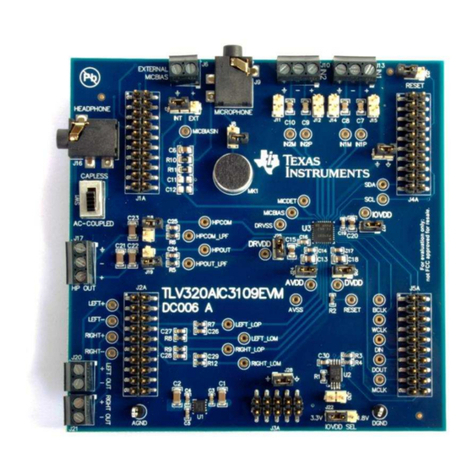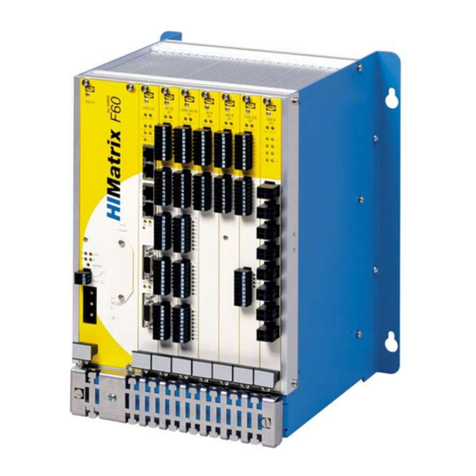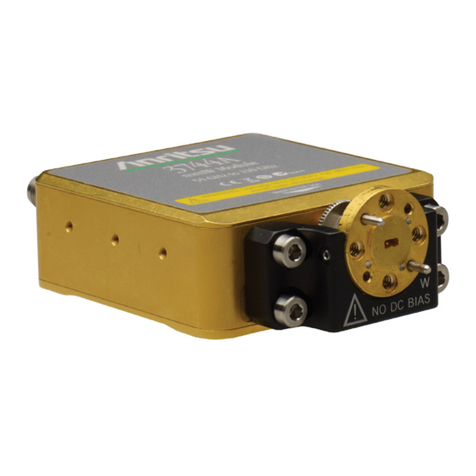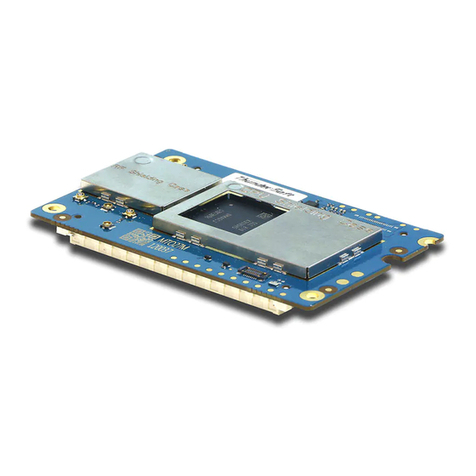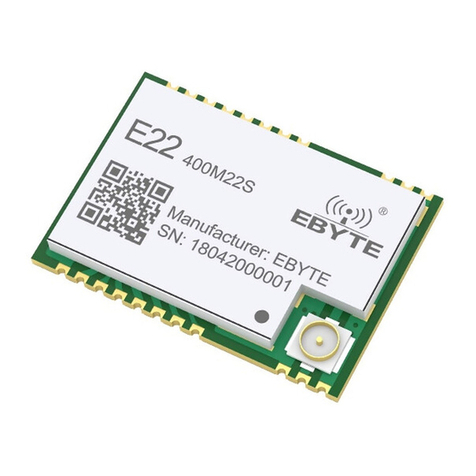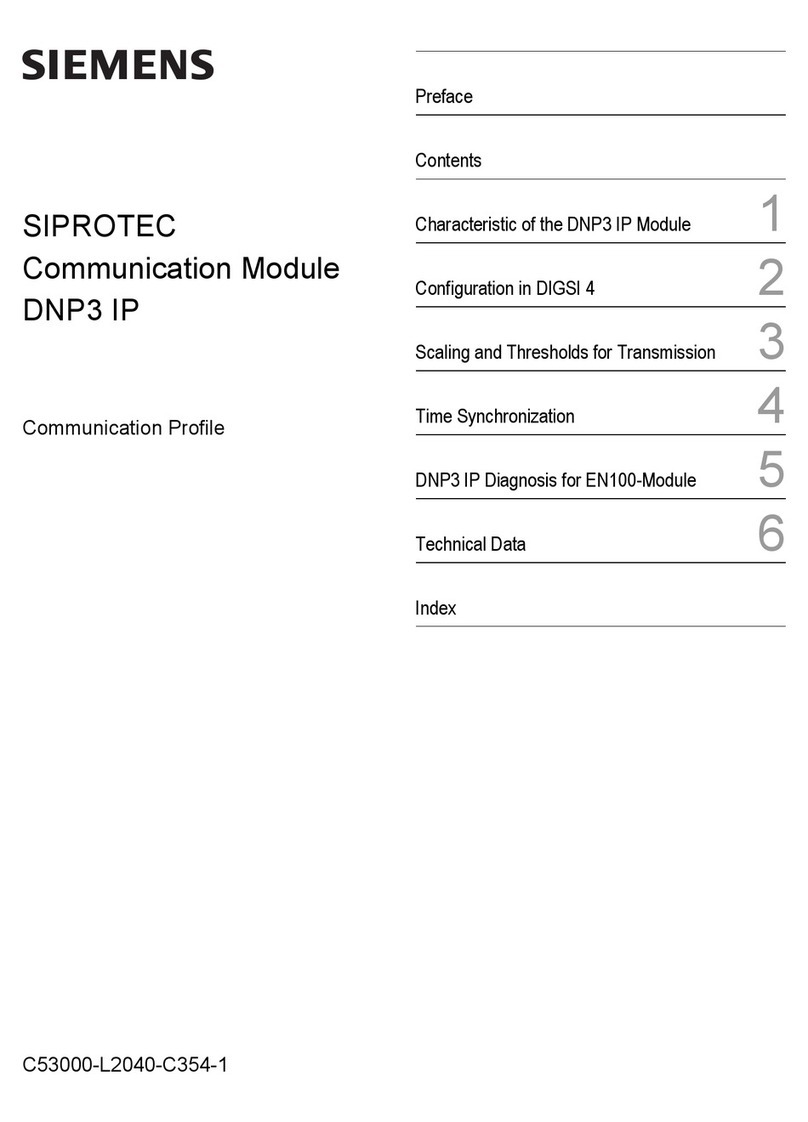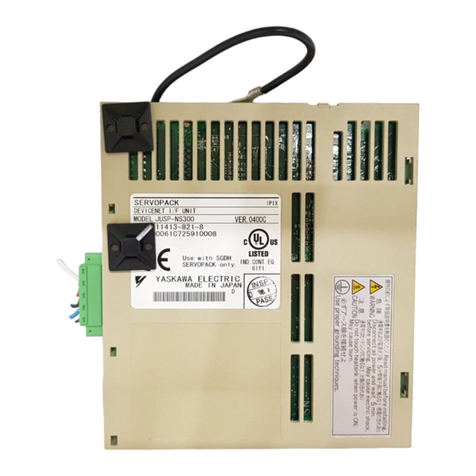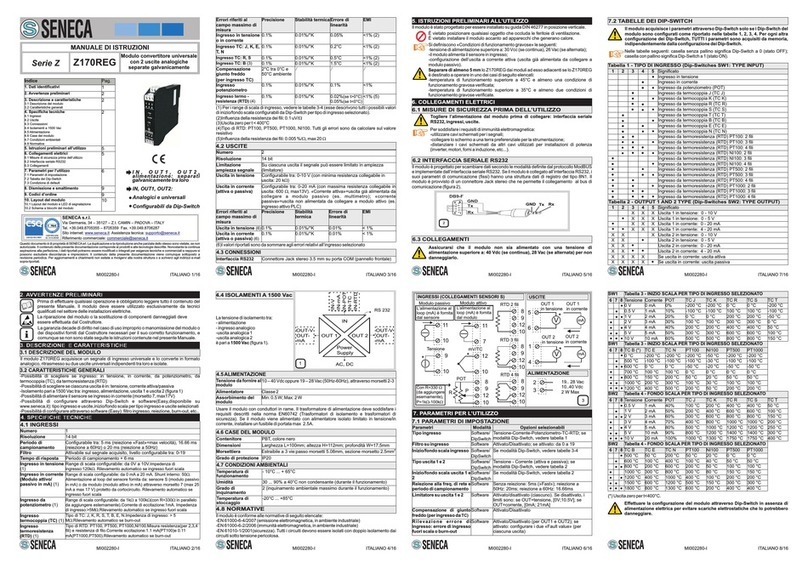Mid-tech Legacy 6000 User manual

Legacy 6000
User Guide
98-05053
FieldwareFieldware
For Legacy 6000


USER GUIDE
PN - 98-05053
R0


Chapter 1 - System Introduction...................................................................................... 1-1
System Introduction ...................................................................................................... 1-2
Mid-Tech CAN Bus System Overview......................................................................... 1-5
The Legacy 6000 Console ......................................................................................... 1-5
CAN Modules (PCM, SSM, PSM).......................................................................... 1-10
Typical Legacy 6000 Configurations.......................................................................... 1-13
Single Channel Liquid Flow Meter ......................................................................... 1-13
Chapter Notes............................................................................................................... 1-19
Chapter 2 - Getting Started .............................................................................................. 2-1
Software Overview......................................................................................................... 2-2
Powering Up .............................................................................................................. 2-2
Standard Pages........................................................................................................... 2-3
System Setup .................................................................................................................. 2-9
Console Setup ............................................................................................................... 2-10
Lightbar Setup ............................................................................................................. 2-12
GPS Receiver Setup ..................................................................................................... 2-14
Product Control Module Setup .................................................................................. 2-16
Implement Setup .......................................................................................................... 2-29
The Vehicle Coordinate System .............................................................................. 2-29
System Tools................................................................................................................. 2-42
Chapter Notes............................................................................................................... 2-48
Chapter 3 - Real-time Setup............................................................................................. 3-1
Operation Overview ...................................................................................................... 3-2
Starting a Job ................................................................................................................. 3-4
Selecting an Existing Job........................................................................................... 3-4
ARM Launcher .............................................................................................................. 3-7
No PCMCIA Card Setup ........................................................................................... 3-7
Performing a Calibration.............................................................................................. 3-9
Introduction................................................................................................................ 3-9
Entering Job Information ........................................................................................... 3-25
Running ARM Setup ................................................................................................... 3-33
No PCMCIA Card Selected ..................................................................................... 3-35
Running Product Setup ............................................................................................... 3-43
The Select PCM Page .............................................................................................. 3-44
Chapter Notes............................................................................................................... 3-54

Chapter 4 - Real-time Operation...................................................................................... 4-1
Product Application....................................................................................................... 4-2
System, Warning and Error Messages ..................................................................... 4-10
Real-time Guidance Operation................................................................................... 4-14
Lightbar Curved Guidance Graphics ........................................................................ 4-26
Applied Area Detection ............................................................................................... 4-27
Detecting A Previously Applied Area ..................................................................... 4-27
Detecting Neighboring Swath.................................................................................. 4-27
Mapping a Field Boundary ......................................................................................... 4-29
Mapping Points and Hazards ..................................................................................... 4-31
Exiting Real-Time Operation ..................................................................................... 4-34
Lightbar Index ............................................................................................................. 4-35
Data Transfer and Report Generation ...................................................................... 4-38
Transferring Data ..................................................................................................... 4-38
Creating an Application Report in Map Manager ................................................... 4-38
Chapter Notes............................................................................................................... 4-39

Midwest Technologies IL, LLC
Fieldware for the Legacy 6000
Chapter 1 - System Introduction
An introduction to the Legacy 6000 System.
Fieldware for the Legacy 6000 Version 1

1-2 Chapter 1 - System Introduction
System Introduction
Fieldware for The Legacy 6000
Software Version 1
System Introduction
The Legacy 6000 system allows the control of all product types, plus GPS mapping, guidance, and
data collection in a single console. Replacing multiple consoles in the cab with one robust system,
Mid-Tech's Legacy 6000 sets a new standard for control systems of the future.
The Legacy 6000 runs Fieldware software in a Windows CE environment, an extremely depend-
able and stable operating system. Operation is intuitive with on-screen menu choices and
prompts. An on-board help menu is built in. The heart of the Legacy console is an Intel processor
operating at 206 Megahertz for maximum efficiency.
System Features
System features include:
• Product control with optional integrated guidance
• Three guidance modes, Headland, Parallel and Center Pivot.
• Single console in the cab with a single cable connection to the console
• Simplifies operation of product control and GPS record keeping
• Works with Mid-Tech's Swath XL lightbar
• Comes fully loaded with “Fieldware for the Legacy 6000” software
• Precise control of liquid & dry products on common delivery systems
• Flow- or pressure-based liquid control with multiple sensor inputs for each product
• Handles up to 20 individual boom sections and 4 swaths
• Up to 5 application rates per product can be preset and accessed on the go
• Supports granular application control using 2 rate sensors per product
• Compatible with most sensors, valves, and D.C. drives
• Operates bi-directional or PWM valves
• Operator selectable gain settings for control valves
• Adding additional product control is easy
• Single high speed bus cable coming into cab

Fieldware for The Legacy 6000
Software Version 1
Chapter 1 - System Introduction 1-3
System Introduction
CAN Bus Versatility and Value
The Legacy 6000 utilizes CAN Bus technology, a new industry standard, which Mid-Tech uses to
execute precise product control in an environment more robust than any of its predecessors.
What is a CAN Bus and why use one?
Controller Area Network (CAN) is a system comprised of independent, intelligent modules con-
nected by a single high-speed cable, known as a bus, over which all the data in the system travels.
CAN was originally developed for the automotive industry to provide a cost effective means for a
large number of electronic functions or systems to be interconnected without large, expensive and
troublesome wiring harnesses.
Within a CAN system, each module contains its own microprocessor. All modules share a stan-
dard protocol or communication sequence, which conforms to the ISO 11898 standard. Since
modules have built-in computing power, a CAN system is extremely flexible and easily expands to
meet a customer's needs.
Individual modules have a specific and unique function to execute, as well as the responsibility to
constantly report that function and its current status. Data on the CAN is available many times a
second allowing the operation of a very fast, responsive control system.
The Legacy 6000 uses 4 types of modules, each having a unique function. Each described in
more detail below. The console in the cab is one of these modules and serves as the user inter-
face. The remaining modules are positioned around the chassis close to the area they influence.
For instance, the Product Control Module (PCM) connects to the actuator and sensor and controls
the actual release of the product. To upgrade from one-product to three-product application (or
more) is simply a matter of adding additional PCM's to the system.

1-4 Chapter 1 - System Introduction
System Introduction
Fieldware for The Legacy 6000
Software Version 1
Fieldware for the Legacy 6000
Plug any standard submeter GPS receiver and Mid-Tech's CAN based Swath XL lightbar into the
Legacy 6000 system, and enjoy straight-line, curved or center pivot guidance at your command.
Application maps can be viewed on the Legacy 6000 display as you apply. Cross track error, area
applied, application rates, and other vital information display on the Swath XL lightbar in real time.
Features of Mid-Tech's Fieldware software, developed specifically for the Legacy 6000, include:
• Application Rate Management - permits precise fixed or variable rate application.
• Extensive Product Control Module setup.
• Full system calibration including, granular, liquid, liquid injection and distance.
• CAN Bus, GPS receiver and lightbar diagnostics.
• Create application jobs keeping track of customer, weather and product information.
• Large product database with over 4000 entries containing product name, formulation, and EPA
number.
• Integrated guidance using straight line, headland, or center pivot modes, plus text reporting to
the lightbar, in one easy to use format.
• Report generation - full application reports and maps can be generated in Fieldware Map Man-
ager PC software at the end of the day. An application report contains a map of the applica-
tion, customer information, product information, as well as weather, field, and soil conditions.

Fieldware for The Legacy 6000
Software Version 1
Chapter 1 - System Introduction 1-5
Mid-Tech CAN Bus System Overview
Mid-Tech CAN Bus System Overview
The Mid-Tech CAN bus system is comprised of several components (modules). The Console, the
Power Speed Module (PSM), the Switch Sense Module (SSM), a Product Control Module (PCM),
and a Lightbar. At a minimum, four of these modules are required to have a fully functional Legacy
6000 single product control system. The lightbar is optional. To control more than one product, you
will need to add an additional PCM for each additional product you choose to control.
The Legacy 6000 Console
Dimensions: 8.0" Wide x 7.7" High x 4.5" Deep (203 x 196 x 114 mm)
Weight: 2.3 lbs. (1.0 kg)
Enclosure: High impact plastic; back lighted, tactile feed-back switches on front panel
Display: 5.7" diagonal (120 x 90 mm), transflective, QVGA with CCFL back lighting. Brightness
and contrast controlled by switches on the front panel of the console.
Input/Output: CAN, Bosch 2.0B, Mid-Tech proprietary protocol
Serial: RS 232 (2)
USB: (1)
Memory: 32 Mbytes DRAM, 32 Mbytes Flash
Microprocessor: 32-bit Intel StrongArm, SA 1110 with SA 1111 companion chip. 206 MHz.
Drives: PCMCIA type II, single slot
Operating System: Microsoft Windows CE 3.0
Power Requirement: 9 to 16 volts DC
Connector: Sealed, 31 pin Deutsch
GPS Receiver Compatibility: Compatible with any differentially corrected submeter GPS (DGPS)
receiver which outputs NMEA 0183 at 2 to 10 Hz.
Alarm: Audible alarm
Other:
* Real-time clock with battery back-up
* Simple, yet versatile, RAM mounting system.

1-6 Chapter 1 - System Introduction
Mid-Tech CAN Bus System Overview
Fieldware for The Legacy 6000
Software Version 1
Power Speed Module
The Power Speed Module (PSM) is the primary arbitrator of the Bus. This module includes the
input point for the speed sensor, the input for power for the CAN bus, a gateway to communicate
with a parallel CAN bus and provides a fully functional RS-232 port as alternative I/O.
Inputs
Speed 1: digital, 0-12 VDC, optimized for 50% duty cycle, 0-5 KHz, primary input
Speed 2: digital, 0-12 VDC, optimized for 50% duty cycle, 0-5 KHz, secondary input
Ignition sense: digital, 0-12 VDC, (Hi state is ON)
Inputs/Outputs
Mid-Tech CAN: Bosch 2.0B, 29 bit ID, 250K baud
Gateway CAN: Bosch 2.0B, 11 or 29 bit ID, 250K baud
Serial RS 232: Txd, Rxd, Rts, Cts and ground.
Figure 1-1: Power Speed Module

Fieldware for The Legacy 6000
Software Version 1
Chapter 1 - System Introduction 1-7
Mid-Tech CAN Bus System Overview
Switch Sense Module
The Switch Sense Module (SSM) senses the status of switches aboard the machine and trans-
forms the switch state into messages meaningful to the CAN Bus.
Inputs
Booms inputs: up to 20, digital, 0-12 VDC, HI/LO sensing
Ground speed override:1 input, digital, 0-12 VDC, HI/LO sensing
Machine status: 1 input, digital, 0-12 VDC, HI/LO sensing
Input/Outputs
Mid-Tech CAN: Bosch 2.0B, 29 bit ID, 250K baud
Figure 1-2: Switch Sense Module (SSM)

1-8 Chapter 1 - System Introduction
Mid-Tech CAN Bus System Overview
Fieldware for The Legacy 6000
Software Version 1
Product Control Module
The Product Control Module (PCM) performs the actual control function for the Mid-Tech CAN Bus
and connects the actuator and sensor. Control outputs can be bi-directional. One PCM is required
for each product you wish to control.
Inputs
Digital sensor: 4 inputs, digital, 0-12 VDC, 0-5 KHz
Analog sensor: 2 inputs, analog, 0-5 VDC. One of these inputs can be converted to a 4-20 ma sen-
sor input by software command.
Battery: 1 Battery Power for the actuator outputs, 12-24 VDC, 10 amp
Outputs
Actuator: 2 outputs, 0-12 VDC, 5 amp each
Regulated: 1 output, 11 VDC, 3 amp
Switched: 1 output, 12 VDC, 5 amp
Sensor power: 3 outputs, 12 VDC, 300 mA total
Input/Outputs
Mid-Tech CAN: Bosch 2.0B, 29 bit ID, 250 K baud
Serial: Asynchronous RS 232, Rxd and Txd only
Figure 1-3: Product Control Module

Fieldware for The Legacy 6000
Software Version 1
Chapter 1 - System Introduction 1-9
Mid-Tech CAN Bus System Overview
Swath XL Lightbar
A CAN based Swath XL Lightbar was developed specifically for the Legacy 6000 system. The
Lightbar is required for applications using guidance and recommended for non-guidance uses as
well. In non-guidance use (logging data only) the lightbar can provide area and rate feed back.
Dimensions: 16.0" Wide x 3.0" High x 3.0” Deep (405 x 76 x 76 mm)
Weight: 8 oz. (0.22 kg)
Enclosure: Sealed ABS / Poly carbonate alloy construction. Can be mounted to the exterior of the
vehicle.
Cable: Mid-Tech proprietary CAN Bus cable. Cable extension available.
Front Panel LEDs: High-lumen red, yellow and green, adjustable brightness.
Text Display: 8-character, high intensity LED alphanumeric text display, brightness adjustment.
Mounting Bracket: Big grippy knobs, can be mounted on dash, from ceiling on vertical plane,
interior or exterior.
Figure 1-4: Swath XL Lightbar

1-10 Chapter 1 - System Introduction
Mid-Tech CAN Bus System Overview
Fieldware for The Legacy 6000
Software Version 1
CAN Bus Cable Specifications
5-wire cable with molded connectors. Male or female terminator required on each end.
Pin 1: Ground
Pin 2: +12V
Pin 3: Reserved
Pin 4: CAN High
Pin 5: CAN Low
Speed: 250k baud message update
Module Processor: Siemens C167
Module CAN interface: Siemens 82C250
Message Protocol: Bosch 2.0B
CAN Modules (PCM, SSM, PSM)
Dimensions: 4.7" W x 2.3" H x 6.0" D (120 x 60 x 150 mm)
Weight: 1.9 lbs. (0.9 kg)
Materials: Powder coated cast aluminum
Figure 1-5: CAN Modules

Fieldware for The Legacy 6000
Software Version 1
Chapter 1 - System Introduction 1-11
Mid-Tech CAN Bus System Overview
Cable Harnesses
Power Speed Module (PSM)
Switch Sense Module
Figure 1-6: Power Speed Module Harness
Figure 1-7: Switch Sense Module Harness Options

1-12 Chapter 1 - System Introduction
Mid-Tech CAN Bus System Overview
Fieldware for The Legacy 6000
Software Version 1
Product Control Module
Figure 1-8: Power Control Module Harness
PCM Cable Options
Sensor Inputs
Part Number A B C D E F CAN PWR Valve Sen. Description
45-06300 X X X X 1 Single Sensor
45-06301 X X X X X 2 Single Sensor w/rpm
45-06302 X X X X X X 3 Dual Sensor w/rpm
45-06303 X X X X X 2 Single Sensor w/press
45-06304 X X X X 1 Pressure Control Single
45-06305 X X X X X 2 Pressure Control, Dual
Table 1-1: PCM Cable Options

Fieldware for The Legacy 6000
Software Version 1
Chapter 1 - System Introduction 1-13
Typical Legacy 6000 Configurations
Typical Legacy 6000 Configurations
The following schematics reflect some typical Legacy 6000 configurations. Due to the variety of
possible configurations, these schematics should be used for general reference. Contact Midwest
Technologies or your dealer for detailed information regarding your specific configuration and
installation.
Single Channel Liquid Flow Meter
Figure 1-9: Single Channel Liquid Flow Meter Configuration

1-14 Chapter 1 - System Introduction
Typical Legacy 6000 Configurations
Fieldware for The Legacy 6000
Software Version 1
Single Channel Granular Spreader
This is a typical single product granular configuration with spreader control.
Figure 1-10: Single Channel Granular Spreader Configuration
Table of contents
Popular Control Unit manuals by other brands
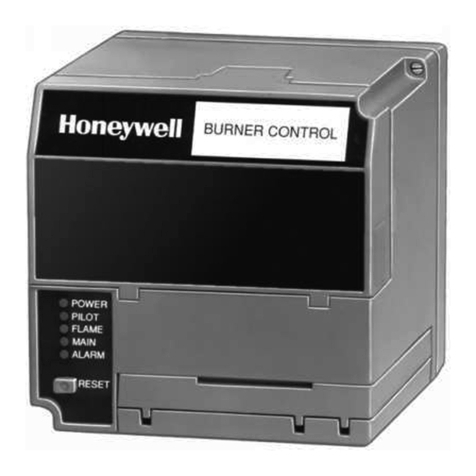
CleaverBrooks
CleaverBrooks CB780 Operation and maintenance manual
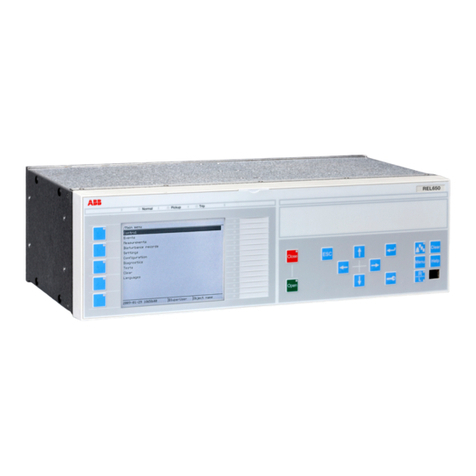
ABB
ABB REC650 ANSI Applications manual
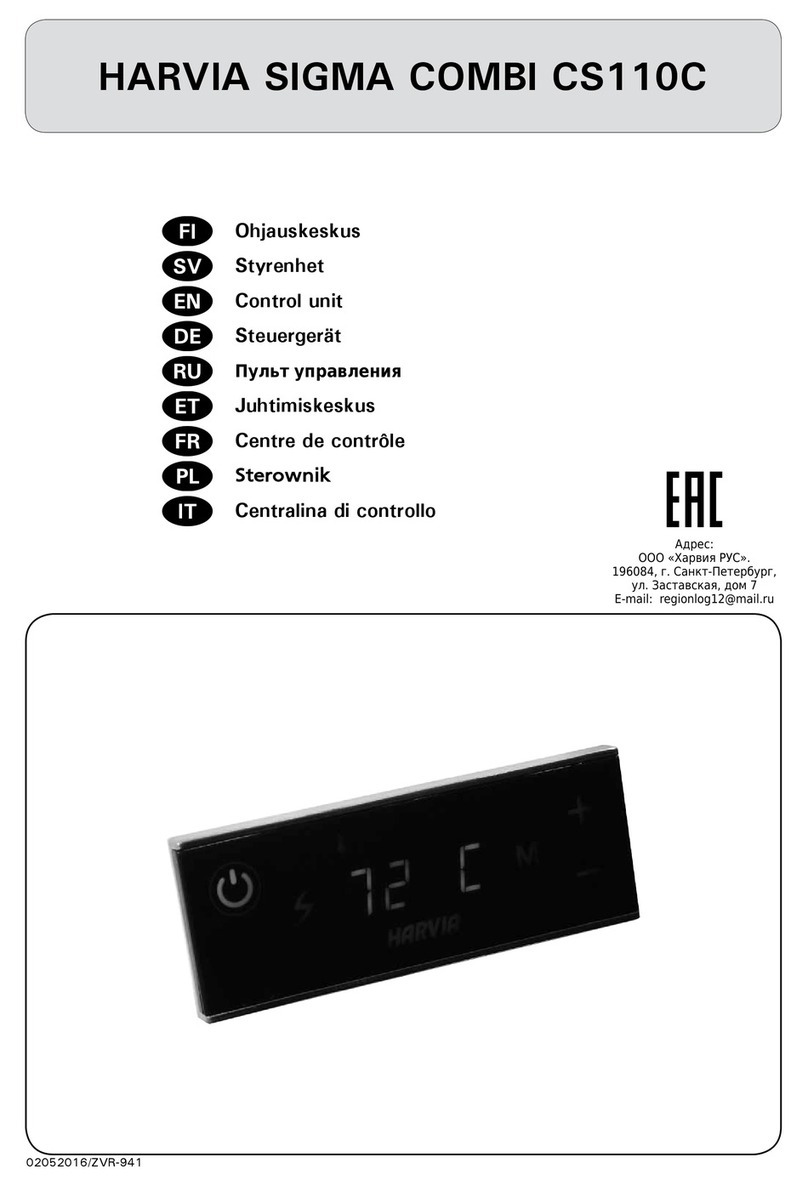
Harvia
Harvia SIGMA COMBI CS110C Instructions for installation

GEM
GEM 762 Installation, operating and maintenance instructions

Huawei
Huawei MU609 Development kit guide

AT&T
AT&T 6386/33 Hardware installation

